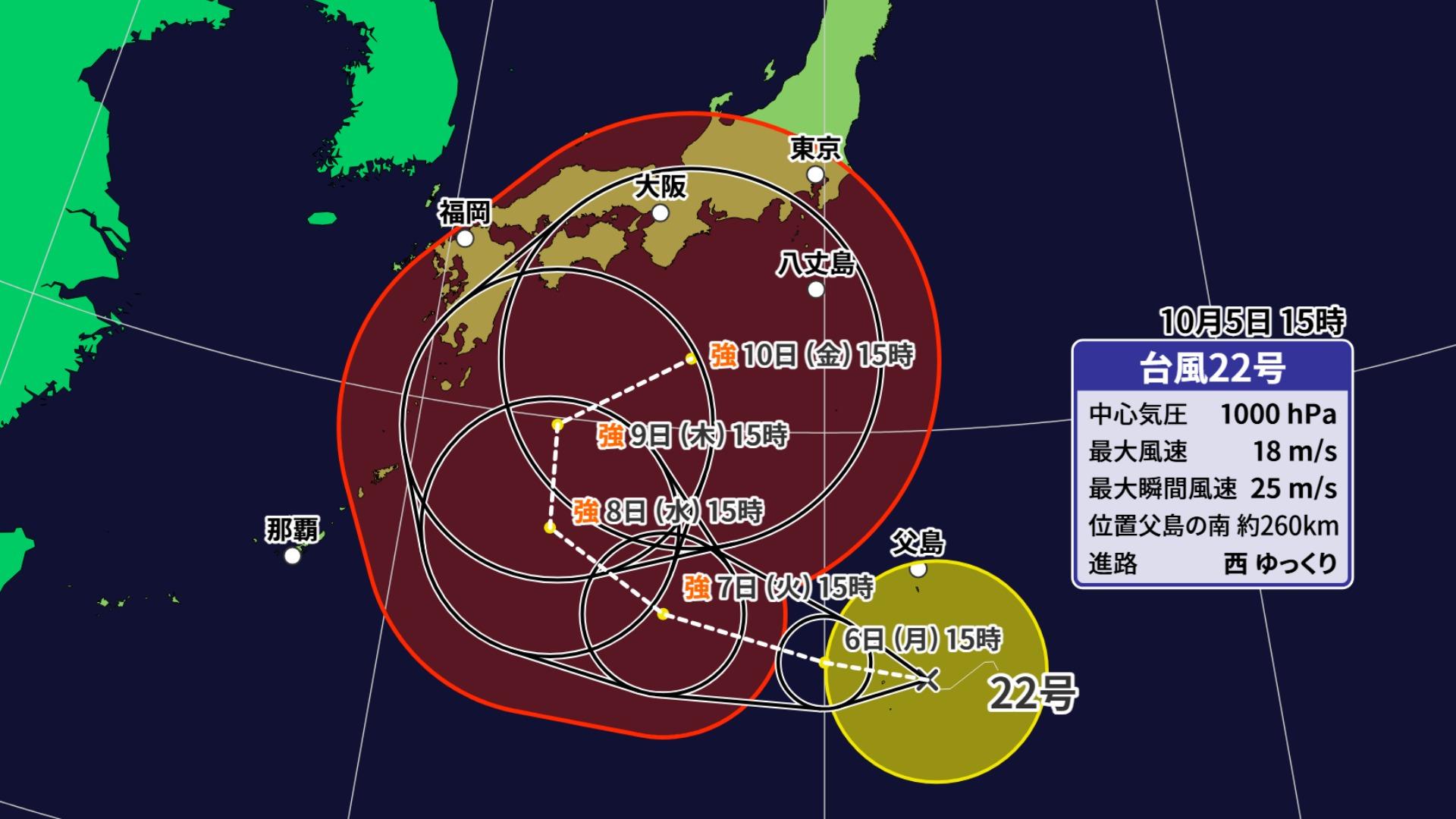An unusually large, newly formed Typhoon 22 is creating a stir among the Japanese meteorological community due to its extensive forecast radius. The looming typhoon is expected to hit Japan soon, causing concerns among the general populace and government agencies. Timely preparations are being made to minimize the potential damage and ensure public safety.
In Japan, typhoons are a common natural disaster and the public is generally well-prepared to handle these situations. Key issues that Japanese people care about during a typhoon's approach include its path, the intensity of the storm, and the possible damage it may cause. The government's forecast and consequent response measures are also closely scrutinized. In the past, typhoons have caused significant damage to Japan's infrastructure, economy and have sometimes led to a loss of life, making the topic a serious concern.
In the US, the approach is similar when it comes to handling typhoons (hurricanes in local terminology). Both Japanese and American people rely heavily on meteorological department forecasts and government-issued safety procedures. However, regional differences might vary; for example, the US Gulf Coast has a heavier reliance on evacuation strategies, while Japan, due to its high population density and infrastructure, puts a greater emphasis on securing properties and internal safety measures.

